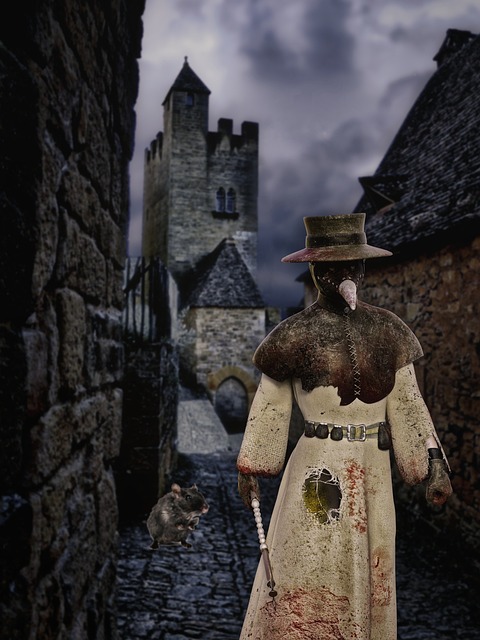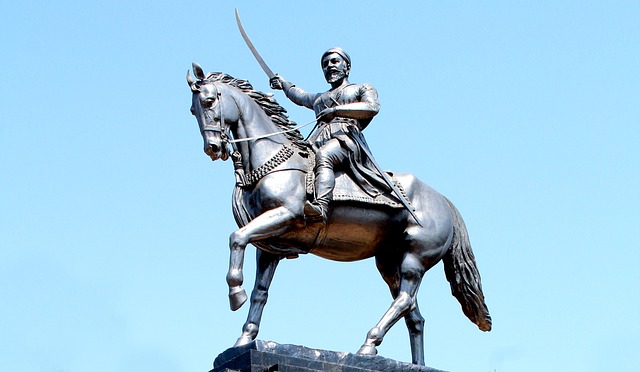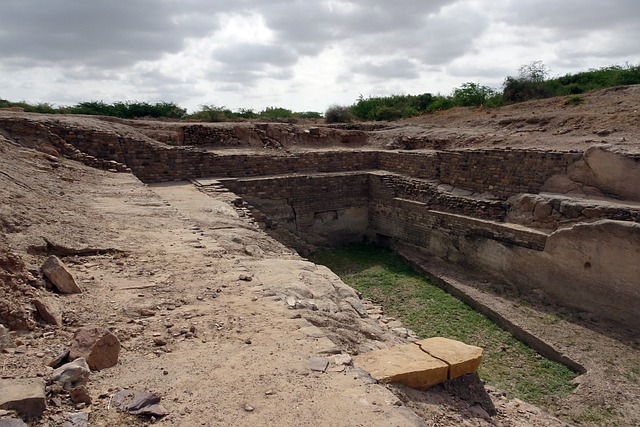
How Plagues Changed History: The Spooky Truth You’ve Never Heard
Have you ever wondered how plagues—those terrifying, world-changing diseases—took over cities and even entire countries? They weren’t just events in history books; they were real, horrifying moments in time where people didn’t know if they would make it through the next day. And yet, how did these diseases spread? How did they devastate entire civilizations? Let’s dive into the eerie past and uncover how plagues changed history, all while unraveling the spooky science behind these deadly outbreaks.
How Did the Black Death Create a Dark Age?
Picture this: It’s the 14th century, and you’re living in a small European village. Suddenly, people start getting sick. Fever, chills, and horrible, painful lumps that grow on their skin. One minute, your neighbor’s fine; the next, they’re on their deathbed. The Black Death was one of the deadliest plagues in history—killing 25-30 million people—and nobody saw it coming. But how did it spread so fast?
Here’s the twist: rats. Yes, those pesky creatures you see scurrying around—rats were carrying the fleas that spread the plague, jumping from person to person through their infected bites. And in those days, people didn’t understand germs, so they didn’t know to wash their hands, avoid rats, or sanitize anything. The plague raced through towns faster than you can say “quarantine,” and left entire families wiped out in days.
And to make things even creepier, people thought it was caused by evil spirits or angry gods. If you were sick, you were either cursed or unlucky. Imagine not knowing why you were suddenly so sick… and thinking the world might actually be coming to an end.
How Did the Spanish Flu Take the World by Surprise in 1918?
Now, fast forward to 1918, the end of World War I. Everyone thought the worst was behind them, but then… a new nightmare appeared. The Spanish Flu—it wasn’t just your regular flu. No, this virus spread like wildfire and didn’t discriminate. It attacked even healthy young adults, something that was unheard of in previous outbreaks. But how could a virus be so deadly to the young and strong?
It turns out the flu was extra aggressive, triggering something called a cytokine storm in the immune system. Basically, the body’s defense system went into overdrive and started attacking itself. Victims drowned in their own fluids, struggling to breathe, and in just days, they were gone.
What makes it even creepier is how fast it spread. Thanks to the movement of soldiers and busy ports, the virus jumped from one country to another, crossing oceans faster than people could even grasp. It made the world feel incredibly small and vulnerable. Could something so invisible really bring the world to its knees?
How Did the Plague of Athens Bring Down a Superpower?
Let’s rewind all the way to 430 BC. In the middle of the Peloponnesian War, a mysterious plague struck Athens—one of the most powerful cities of the ancient world. The disease wiped out 100,000 people, including leaders and soldiers. But how did this plague appear out of nowhere? No one really knows for sure. Some believe it was typhoid fever, but the true cause remains a mystery to this day.
What’s even more chilling is that the plague helped tear Athens apart. At the time, the city was already under attack in a bloody war. The plague made things worse, leaving the city in chaos. Imagine fighting a war only to have your own people fall ill. The plague didn’t just kill people; it destroyed Athens from within. And for the first time, the ancient world realized how vulnerable it was to unseen forces. How did a tiny bug or bacteria manage to bring down a whole civilization?
How Did the Dancing Plague Turn People into Zombies?
This one might sound like something out of a horror movie, but it’s 100% true! In 1518, the people of Strasbourg (back then part of the Holy Roman Empire) were struck by a strange plague—one that didn’t just make people sick, but made them dance uncontrollably. No, seriously. Hundreds of people started dancing non-stop for days. Some danced themselves to exhaustion and death. But how could this happen?
Well, historians have two theories. One, it was caused by ergot poisoning (a hallucinogenic fungus that grows on rye), which led people to dance without control. Or, more chillingly, it could have been a case of mass hysteria, where a collective fear and stress caused people to lose their minds. Either way, how did this happen? The sheer idea of people dancing themselves to death is enough to send chills down your spine, right?
How Modern Science Fights Plagues: Is the World Ready?
We’ve come a long way since those terrifying plagues. Today, thanks to modern science, we can treat diseases with antibiotics and vaccines, stopping plagues in their tracks. But don’t be fooled—plagues are still possible. The world is connected more than ever, and new viruses and bacteria evolve every year, just waiting for the right conditions to spread.
So, how does science prepare for this? By constantly studying diseases, improving health systems, and ensuring we have quick responses for new outbreaks. The goal is to stop the next plague before it ever has a chance to start. And while we might feel safer now, we can’t ignore the lessons from the past.
How Will We Handle the Next Plague?
It’s a haunting thought: how will we face the next global outbreak? The past has taught us that we’re never truly safe. But how we respond to future pandemics will shape the future of humanity. Will we be prepared? Or will we be caught off guard again?
Conclusion: The How Behind the Horrors of History
Plagues aren’t just terrifying—they are reminders that we live in a world where unseen forces can change everything in the blink of an eye. But history has shown us that understanding how diseases spread can help us fight them. From bacteria-carrying rats to mass hysteria-induced dancing, how these events unfolded still boggles the mind.
What’s even more terrifying? We may never fully understand how they started, and there could be new plagues waiting in the shadows, ready to strike. But knowing how we’ve survived in the past gives us hope for the future. Let’s just hope the next outbreak isn’t a dancing plague!




